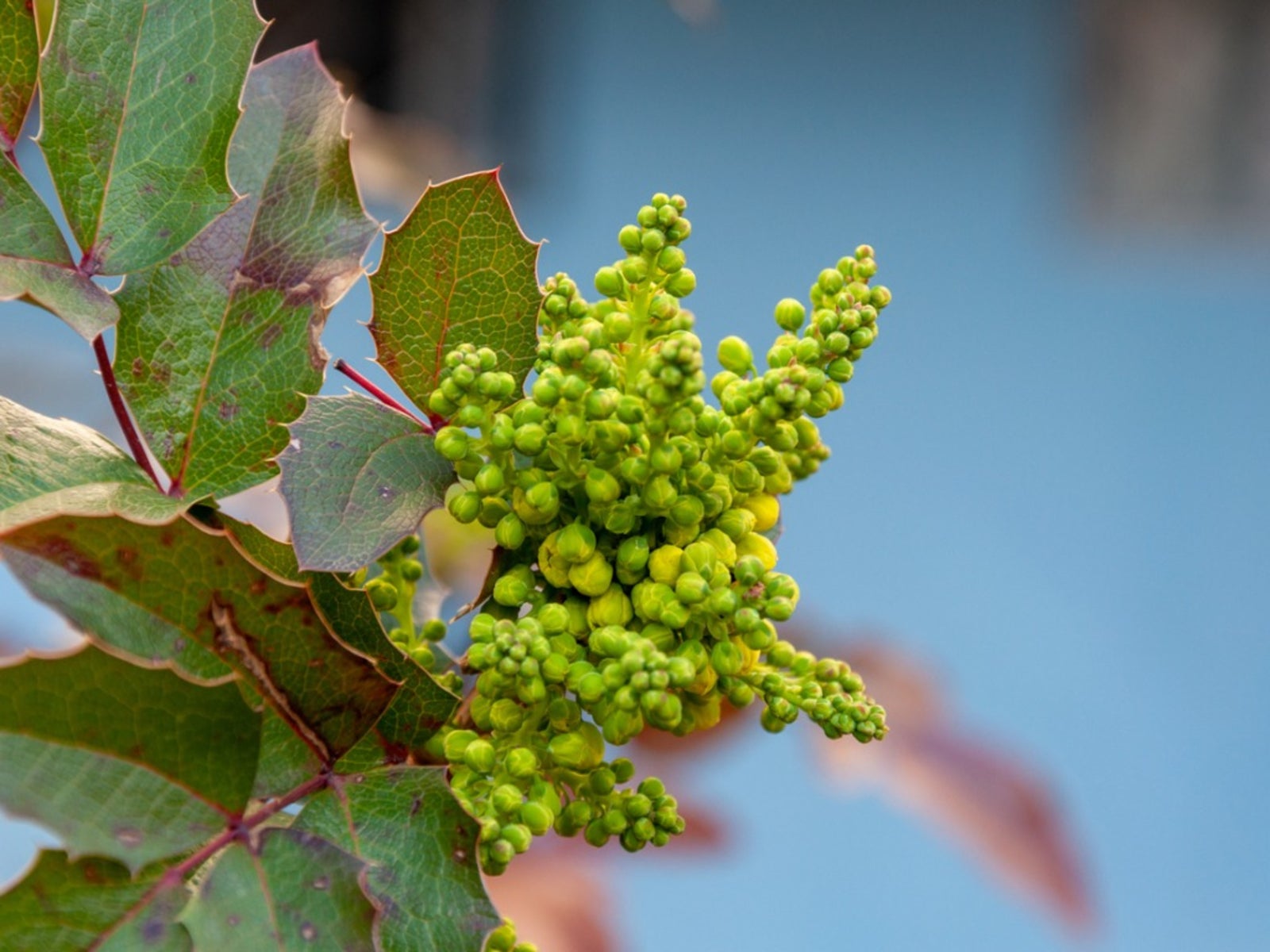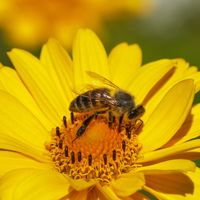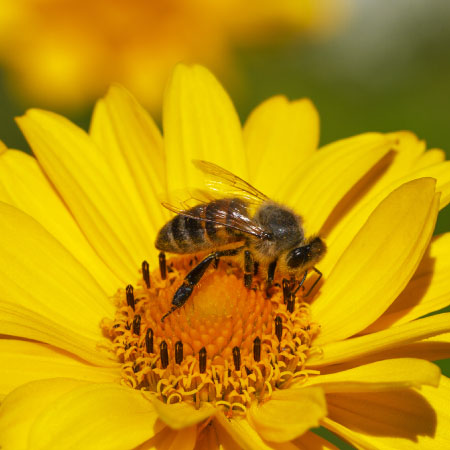Grape Holly Plant Care - How And Where To Plant Oregon Grape Hollies And Creeping Mahonia


Growing a grape holly plant in the landscape will offer unique interest to the area. Not only easy to grow and care for, but these lovely plants offer an abundance of food to wildlife through their fall berries. These plants will also add year-round interest through their attractive foliage color and texture.
Grape Holly Plant Info
Oregon grape holly (Mahonia aquifolium) is a handsome, 3 to 6 foot (1-2 m.) ornamental shrub that can play a number of roles in the garden. The shrub's appearance changes with the seasons. In spring, the branches bear long, hanging clusters of lightly fragrant, yellow flowers which give way to dark, blue berries in summer. New spring foliage is bronze in color, turning green as it matures. In fall, the leaves take on a pleasing, purplish cast. Another grape holly plant, creeping Mahonia (M. repens) makes an excellent groundcover. With foliage, flowers, and berries similar to the Oregon grape holly shrub, creeping grape holly has all the features of the taller form in a plant that grows only 9 to 15 inches (23-46 cm.) tall. The plants spread by means of underground rhizomes and seedlings often emerge under the plant where berries fall to the ground. Although the berries are too sour to suit human taste buds, they are safe to eat and can be used in jellies and jams. Birds love them and disburse the seeds as they feed.
Where to Plant Oregon Grape Hollies
Plant grape hollies in a partially shaded area with moist, neutral to slightly acidic, well-draining soil. M. aquifolium makes an excellent specimen or foundation plant and also looks good in shrub groupings or borders. When closely planted, the prickly, holly-like foliage forms a barrier that few animals will try to penetrate. M. repens likes full sun in cool climates and afternoon shade where summers are hot. Plant creeping Mahonia as a groundcover in a variety of situations. It serves to stabilize soil on slopes and hillsides, and is deer resistant, making it a good choice for woodland areas.
Caring for Grape Holly Plant
Both Oregon grape holly and creeping Mahonia is easy to care for. The plants are drought tolerant and only need watering during extended dry spells. A layer of organic mulch around the plants will help the soil retain moisture and reduce competition from weeds. Prune the plants and remove suckers and seedlings as necessary to restrict them to the desired areas. Mahonias don't require regular fertilization, but they may benefit from a layer of compost over the root zone in spring.
Sign up for the Gardening Know How newsletter today and receive a free copy of our e-book "How to Grow Delicious Tomatoes".

Jackie Carroll has written over 500 articles for Gardening Know How on a wide range of topics.